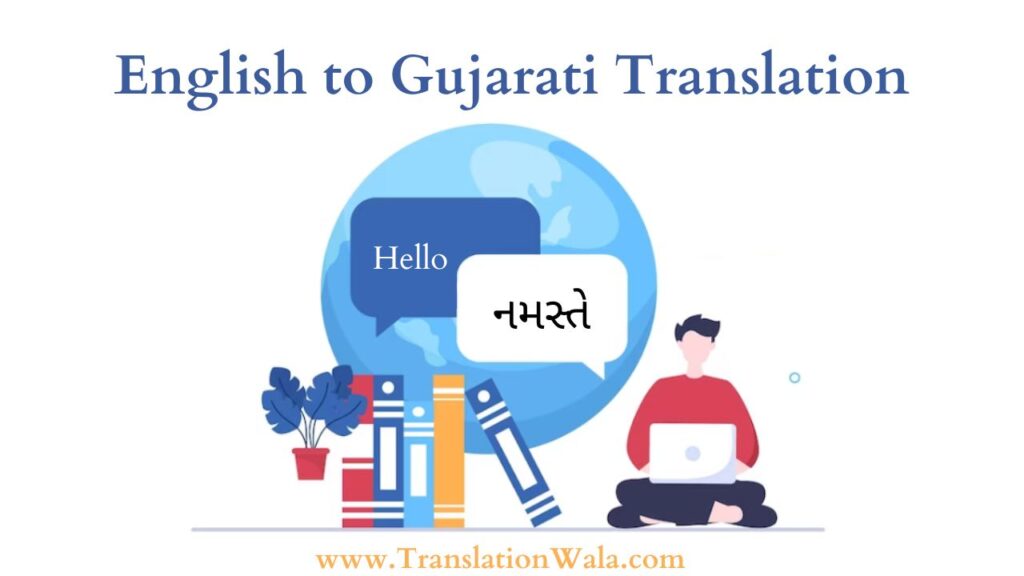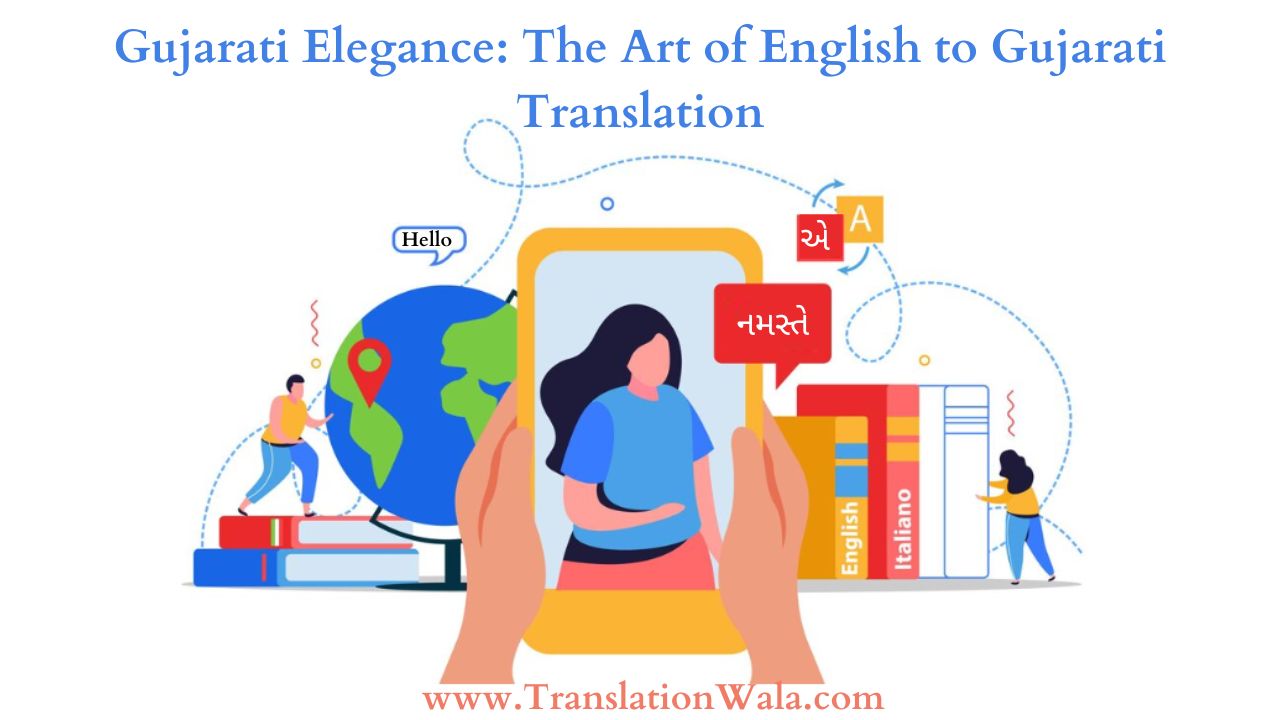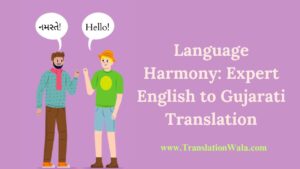Gujarati is a beautiful language that more than 60 million people speak around the world. It has a long history of literature and a lively culture. But for people who have English to Gujarati Translation, it can be more complicated than just switching words. To do it well, you need to be skilled, know about other cultures, and enjoy the beauty of both languages.
Capturing the Essence: Beyond Literal Translations
Focusing on precise meaning is a common mistake that translators make. Even though correctness is very important, there is more to changing English to Gujarati than just replacing words with their equivalents. Gujarati is a complex language that is full of culture references, proverbs, and expressions. A literal translation of “it’s raining cats and dogs” wouldn’t resonate with a Gujarati audience. Here, an apt equivalent like “આકાશ નીચે ઢોળાઈ રહ્યું છે (aakaash niche dholaai rahyu chhe)” (the sky is pouring) captures the essence more effectively.
The Nuances of Formality and Register
English has a range of formalities, from everyday slang to official writing. This range can be seen in Gujarati, which has different modes for everyday speech, formal papers, and literature. A translator has to carefully figure out the register of the English source text and then translate it into Gujarati using the best words. Like, the tone of a business letter would be different from that of a friendly email when it comes to translation. By being aware of these details, the translated text will keep its original meaning and level of skill.
Preserving the Rhythm and Flow
Languages flow and have a tune that goes beyond words to say what they mean. English has a clear rhythm because of the way it stresses words and structures sentences. On the other hand, Gujarati is known for having beautiful music and puns. A good translator tries to keep this rhythmic quality in the text they are translating. This could mean rearranging lines, using certain words, and paying attention to where adjectives and adverbs are placed. The translation makes sure that the Gujarati text reads well and makes sense to the audience by keeping the natural flow.

Cultural Competency: Bridging the Gap
Language and culture are closely connected. It’s possible that jokes, puns, and references that are unique to one community might not work well in another. A good English to Gujarati Translation knows a lot about both languages and societies. They can recognize themes that are special to their culture and find good translations in the Gujarati language. Because of this cultural awareness, the adapted message keeps its humor, meaning, and emotional power.
Tools and Technology: Aiding the Art
Even though humans are still the best at what they do, technology has made tools for translators that are very useful. Online dictionaries, translation files (databases of parts that have already been translated), and vocabulary management tools can make things a lot more efficient and consistent. It’s important to remember, though, that these tools are just that: tools. It is always up to the human translator’s opinion and knowledge of the culture to choose the best version.
The Art of Balancing Fidelity and Fluency
The best result of English to Gujarati Translation is a text that stays true to the original meaning and flows well when read in Gujarati. To do this job well, a translator needs to be fluent in both languages and clever in how they fix problems. They have to be very good at finding the right words, changing the way sentences are put together, and adding cultural details to texts that they translate.
Conclusion: Mastering the Art
Not only do you need to be good at English to Gujarati Translation, but you also need to really understand both languages and their cultural differences. Translators can bridge the language gap and make beautiful Gujarati text that speaks to its readers by putting cultural awareness first, keeping the regular flow, and using the right tools. He said it best: “If you talk to a man in a language he understands, that goes to his head.” It will touch his heart if you talk to him in his own language. The art of translation has the power to move people and bring people from different countries together.



